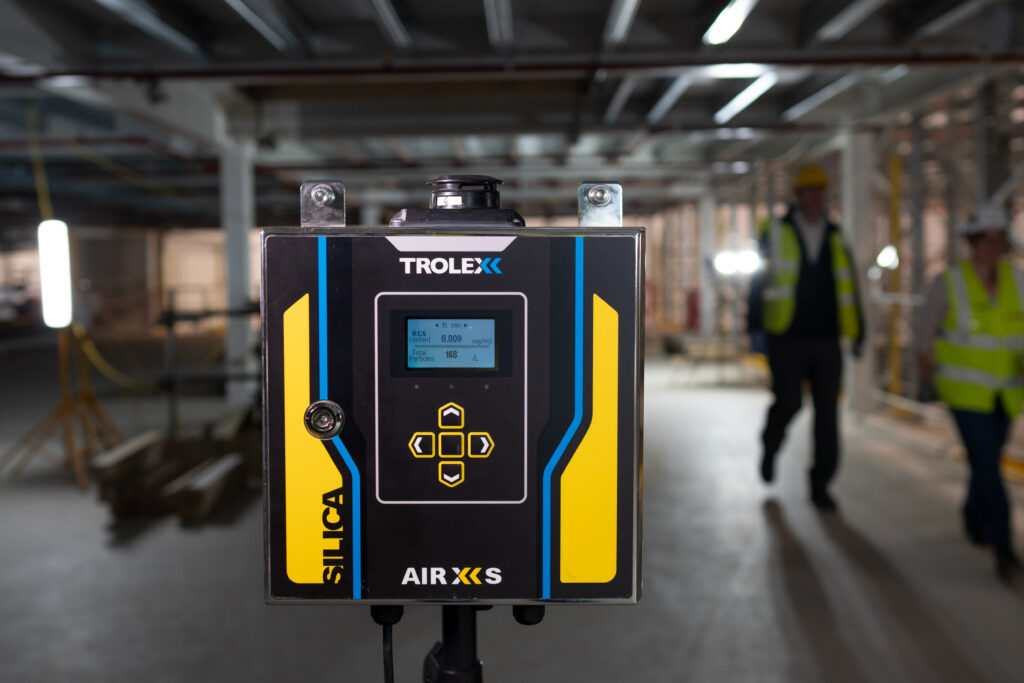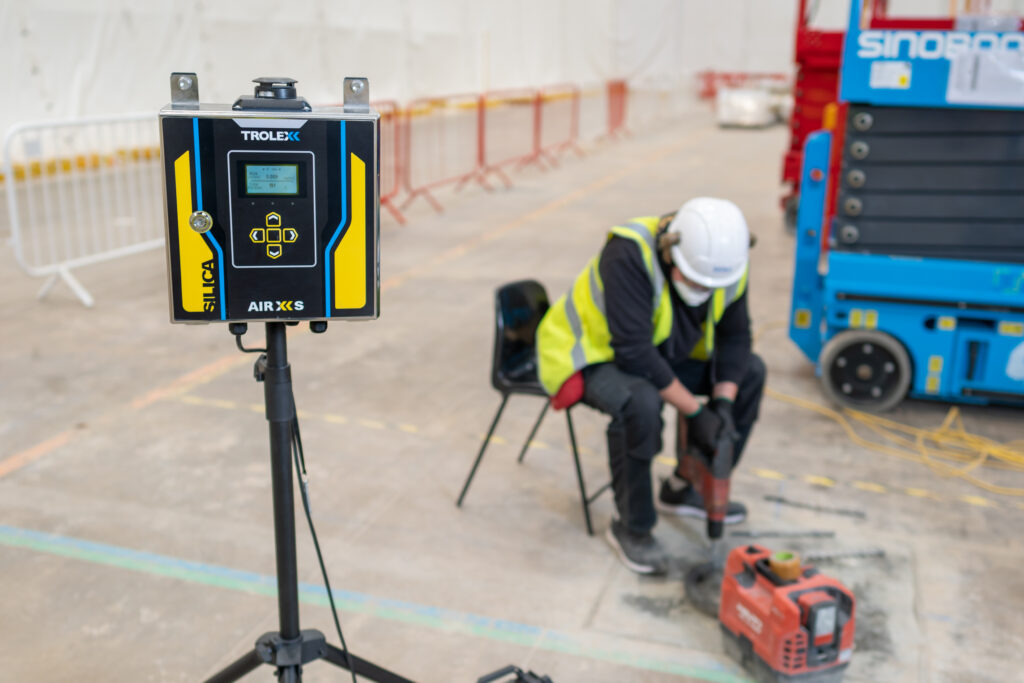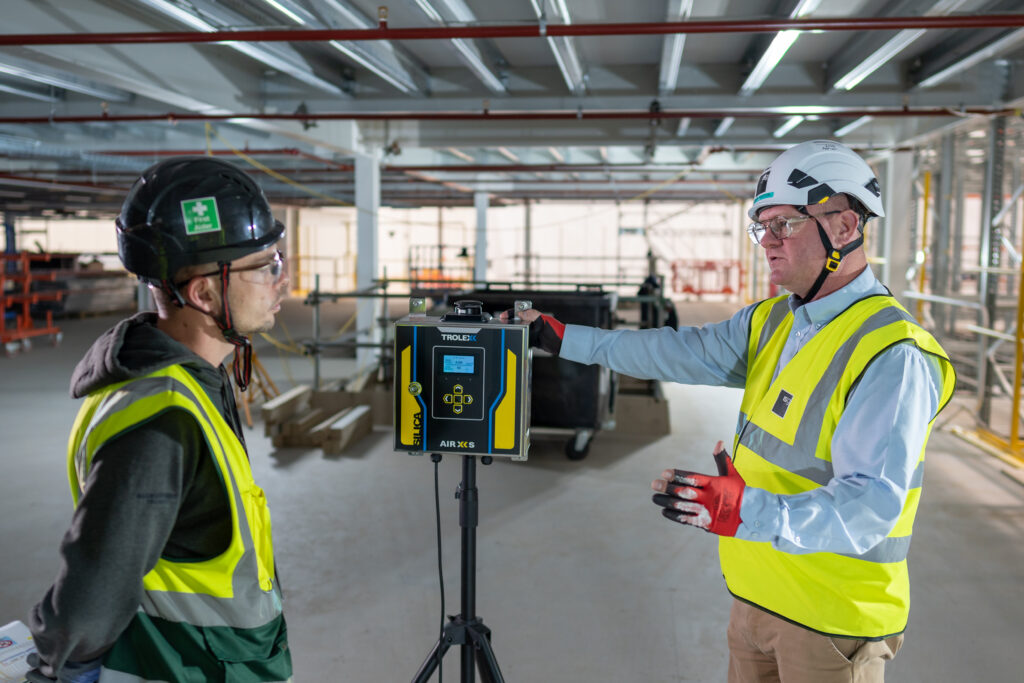Performance of Air XS vs the ISO24095 Compliant Sampling Method for RCS.

We have received a number of requests, comments and even complaints about the testing of Air XS in relation to the ISO24095 compliant sampling method.
For clarity the ISO24095 sampling method for RCS is essentially Gravimtric Sampling over an 8-hour period, followed by XRD analysis in a laboratory.
Whilst we are happy to engage with testing that looks at the relationship between ISO24095 compliant sampling and Air XS – and in fact establishing that there is a good correlation between the 2 technologies will be beneficial to us in the long-term – most of these requests, comments and complaints have not been aimed at a fair and balanced study of that relationship. Instead, the majority of the communications have been about testing the Air XS vs the ISO24095 method using that method as a benchmark for the Air XS.
The obvious implications of these communications are that the ISO24095 Compliant Sampling method is an accurate way to monitor for RCS, and therefore if we can’t match the results of this method, the Air XS must therefore not be accurate.

This is not correct. The ISO24095 method is not accurate, and this is stated clearly by many of the world’s leading Health and Safety bodies. Below is the evidence.
The ISO Compliant Sampling Method
In their recent ‘Statement of Common Interest’ around Respirable Crystalline Silica and the proposed reduction of the exposure limit in Australia, the Australian Institute of Occupational Hygienists (AIOH) and The National Association of Testing Authorities (NATA) made the following statement in relation to ISO24095 Compliant Sampling:
“the stated uncertainty is expressed as ±50% for samples in the range of 0.02-0.05 mg/m3 .
On this basis alone, a result at 0.025mg/m3 would reflect a true value somewhere between 0.012 mg/m3 and 0.038 mg/m3 – rendering any determination of compliance against a limit 0.025mg/m3 highly problematic.”
Note that the +\-50% figure is without any additional inaccuracies from the XRD analysis phase. The AIOH and NATA go on to state that the combination of inaccuracies of the various stages of the Gravimetric sampling process make a proper analysis “fraught with difficulties.”
https://www.aioh.org.au/media/2014/06/aioh-nata-silica-measurement.pdf
Following on from this Safework Australia published their report “Measuring Respirable Crystalline Silica 2020” and they agree stating that: “measurement of RCS to demonstrate compliance with a WES of 0.02 mg/m3 is not achievable in Australia with available sampling and analysis equipment”. The document goes on to document in nearly 10 full pages the many ways in which the ISO24095 compliant sampling method is considered unreliable and
potentially inaccurate.
The National Institute of Occupational Safety and Health in the US (NIOSH) agree. They conducted a study entitled ‘The accuracy of Gravimetric Sampling for measuring Respirable Crystalline Silica’ Zhang et al 2019 published in the British Medical Journals ‘Occupational and Environmental Medicine’ Journal.
120 workers were exposed to RCS and monitored using Gravimetric Sampling equipment approved to NIOSH standards. The study found that GS typical inaccuracy for RCS exposure was 50% and was affected by a wide range of factors.
In the UK the HSE also agrees with the +/-50% figure – stated in their MDHS101 document ‘Crystalline Silica in Respirable Airborne Dusts’ on page 12.
If the ISO24095 compliant sampling method is used as a benchmark for Air XS then even if Air XS was perfectly accurate, in the opinion of most of the world’s leading Health and Safety bodies, it would still show variance to a Gravimetric Sampling result of up to 100%.
Actual exposure: 0.025mg/m3
Exposure reported by Air XS: 0.025mg/m3 (ie perfectly accurate)
Exposure reported by Gravimetric Sampling at maximum -50%: 0.012 mg/m3
Variance of the Air XS using the GS figure as a benchmark: 100%
Summary
We should not allow or approve of testing of the Air XS where the ISO24095 compliant sampling method or any related method is proposed as a benchmark. In instances where such tests have taken place without our involvement, we should challenge the results of the tests with the above information.
Gravimetric sampling has been around for 70+ years and yet during that time it doesn’t seem to have occurred to many people in the global health and safety community to demand that it be benchmarked properly (Note: it’s not possible to benchmark it). However, we are facing repeated calls to benchmark Air XS.



